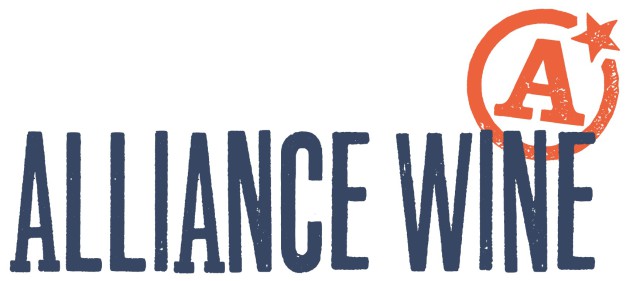
Australia’s signature grapes remain the key to premium uplift
Australia’s big hitting varieties are back in business, once again driving growth in the UK’s leading wine category and should remain the core focus to maximise margin and premium sales potential.
This was the conclusion of a cross trade panel at Harpers recent Return to the Classics round table discussion, with the assertion also backed by the most recent export figures and UK market sales data from Wine Australia.
The aim of the discussion was to identify how the evolution in styles - centred on fresher, more restrained and vibrant styles of Shiraz and Chardonnay that still express vibrant Australian character- could be better harnessed and communicated to encourage consumer engagement and sales in what remains the most popular UK wine category.
It was agreed that much noise and excitement has been generated by the continued emergence of a wealth of more artisanal wines and ‘alternative’ varieties from Australia – without question delivering a halo effect for the country as a whole.
But it is old favourites such as Shiraz and Chardonnay that have recently been key in reversing Australia’s dip in the UK, with these varieties now driving more premium sales across almost all price bands from £7 upwards – typically with double digit growth over the past year.
Figures from Wine Australia show that exports to the UK in the 12 months to March 2018 were up 9% in value to AU$373 and in volume by 8% to 241 million litres.
Accounting for a lion’s share of this were Shiraz, up 8% to AU$44 million in value, Chardonnay, up 20% to AU$35 million, and Sauvignon Blanc, which grew by 35%, albeit from a smaller base to reach AU$ 15 million.
Wine Australia’s Laura Jewell MW commented that while there has been some phenomenal growth (typically from a very small base) of many alternative varieties, such grapes account for “less than five percent of production, and probably only about 2% of export”.
With the question posed as to whether there was a correlation between increased sales of such alternatives and the signature Aussie varieties, Jewell said there was no chance of Australia “turning its back” on its mainstream varieties.
“Are they different consumers buying mainstream and alternative varieties? Yes, I think they are, and the more mainstream customer is happier with a more restrained style of Chardonnay or Shiraz, rather than going out and finding [something like] Nebbiolo and Tempranillo,” said Jewel.
Caroline Doyle of Borough Wines agreed, saying that Borough’s own portfolio of more esoteric wines are only attractive for a small part of the market.
“Consumers often have a very fixed idea of what Australia means,” said Doyle, adding that this comes down to the classics.
The panel agreed that what is needed is a nudge to remind people how much they enjoy – or have previously enjoyed - Australian wines, while communicating the stylistic changes that have engulfed much Shiraz and Chardonnay.
Adrian Atkinson, UK marketing manager for Wakefield Wines, stressed the commercial imperative of getting this right, especially given the size of the Australian category and thus its importance to the trade as a whole, sitting at number one in the off-trade and number three in the on-trade.
“What are the real bankers that consumers are going to come in for? The signature varieties,” said Atkinson.
“We are all wanting to sell more wine at premium prices, always saying that the industry is not profitable enough, but I’m not sure we should get hung up on a specific region or regions.
“It is about that confidence and security that these varieties provide – wine is confusing enough for consumers, and clarity in any category is important. Consumers don’t like risk, so if we are getting consumers to spend a bit more on something it’s best to do that with something they feel confortable with, and that is the majority of the market,” he concluded.
In terms of communication it was agreed that Australian wine’s image had suffered in recent years, becoming a little “passé”, with consumers moving on to fresh pastures such as Chile, Argentina, South Africa and New Zealand, with this being compounded by unfavourable exchange rates.
However, with fresher styles of Shiraz and Chardonnay adding a zip to the message, plus the aforementioned halo effect from the alternative grapes and young gun winemakers adding renewed excitement, consumers are now being drawn back to the wines and – most importantly – spending up, where it was agreed, quality and character matches the prices.
“We need to remind us older ones about Australian and introduce younger people - it is very modern, very vibrant, very lively, and with [great] cuisine… to link that it’s a great place and lift its profile and tell the stories,” said Collette Whittington-Bowers, wine director at Hills Prospect, summing up the conclusions of the panel.
A full report on the Return to Classics Australia round table will appear in our Australia Report, out with the July issue of Harpers and then online at harpers.co.uk








